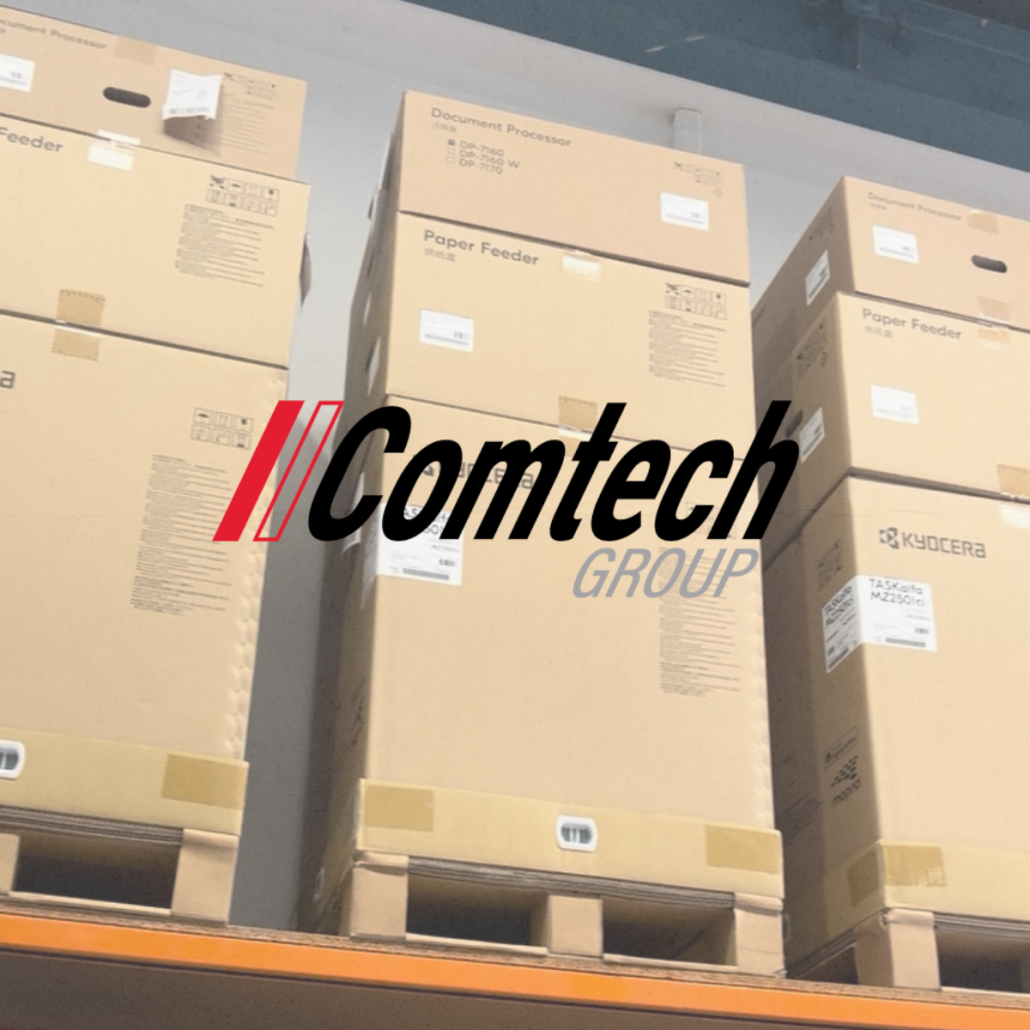
As we head into the final weeks of the year, The Comtech Group warehouse is loaded and ready to support our clients with fast delivery on Phone Systems , Document Solutions, Interactive Smart Boards , and IT hardware and support.
Whether you’re upgrading your systems, expanding your team, or preparing for 2026, we’ve got the stock – to get you what you need without delays.
Ready to ship
Reliable end of year supply
Local support you can count on
If your business needs equipment before the holiday break, now’s the perfect time to reach out.

Smarter IT. Stronger Security. Better Business.
/in Uncategorized /by Comtech Reception✔ Business & home phone systems
✔ High-speed internet solutions
✔ Yealink phone installations
✔ Save on your telecommunications bill
✔ Bundle your office equipment into one easy solution
Our Warehouse Is Fully Stocked & Ready for End of Year Dispatch!
/in Uncategorized /by Comtech ReceptionAs we head into the final weeks of the year, The Comtech Group warehouse is loaded and ready to support our clients with fast delivery on Phone Systems , Document Solutions, Interactive Smart Boards , and IT hardware and support.
Whether you’re upgrading your systems, expanding your team, or preparing for 2026, we’ve got the stock – to get you what you need without delays.
Ready to ship
Reliable end of year supply
Local support you can count on
If your business needs equipment before the holiday break, now’s the perfect time to reach out.
WHAT WE DO?
/in Uncategorized /by Comtech ReceptionAnother productive week at Comtech Group!
Your trusted partner in print systems and document solutions!
This week, we’ve been focused on:
✔ Strengthening our partnerships with clients for the entire eastern seaboard
✔ Rolling out smarter document capture and management systems that streamline workflows and improve data access.
✔ Promoting cloud and mobile integrated document distribution to give teams more flexibility and control.
✔ Empowering our teams with new tools and best practices to elevate project outcomes
✔ Providing personalised support – from submitting meter reads to ordering toner, our service team is more responsive than ever.
At Comtech Group, our commitment remains the same.
Deliver exceptional expertise, build strong relationships, and help our clients achieve lasting success.
How secure is your business?
/in Uncategorized /by Comtech ReceptionThe Australian Department of Home Affairs has developed the Cyber Health Check Tool, an exciting initiative that helps Australian businesses take simple steps to strengthen their cyber defences.
The tool is a free and anonymous 5 minute self-assessment, made up of easy to understand questions. It provides you with a tailored action plan with customised advice to improve your cyber security.
The tool is an easy first step to check your cyber maturity and identify what improvements you can prioritise now and, in the future, to enhance your cyber security.
➡️ Go to https://lnkd.in/g2EMp6YN to try out the tool.
Driven by Purpose. Powered by People.
/in Uncategorized /by Comtech ReceptionComtech stands behind SHARP! Meet our Gold Coast Team!
At the Comtech Group, we don’t just provide products, we provide solutions.
/in Uncategorized /by Comtech ReceptionKyocera’s A4 Line of the year!
/in Uncategorized /by Comtech ReceptionKyocera’s ECOSYS PA4500cx, ECOSYS MA3500cifx, and ECOSYS MA4000cix/MA4000cifx
Are highlighted as leading models for their A4 colour lines, offering high speed printing, multi function capabilities, and environmentally conscious designs suited for various office needs.
Thanks to the long lifespan of key components, fewer parts need to be replaced which means significantly less waste ends up in landfill.
The combination of durable parts and high capacity toners leads to exceptionally low operating costs, making them affordable for businesses.
A great day at our Comtech Gold Coast Head Office with Horion!
/in Uncategorized /by Comtech ReceptionA great day at our Comtech Gold Coast head office as we celebrated our growing partnership with Horion! Thankyou to Figo Lee and Ryan Yan for visiting and sharing exciting insights into the future of interactive display technology.
Here’s to continued collaboration and delivering smarter solutions together!
Expand your display power, without the upfront cost!
/in Uncategorized /by Comtech ReceptionSmart Business. Greener Future.
/in Uncategorized /by Comtech Reception